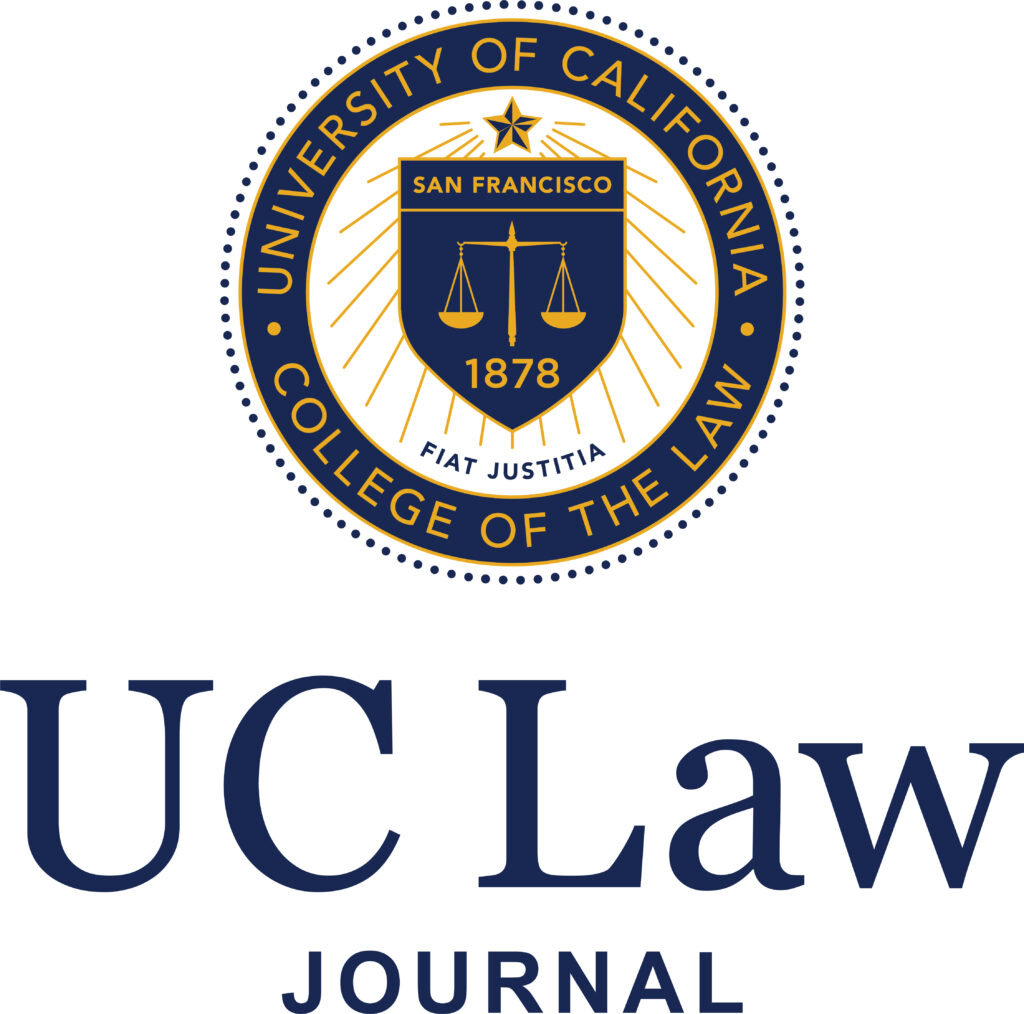The role of a state high court at the intersection of federalism and state sovereignty
The Alabama Supreme Court was in the news recently, after it ordered a halt to same-sex marriage licensing in that state. It became the first state high court in the nation to challenge a federal court order to permit same-sex marriage in its state. Such an action by a state high court raises issues of state sovereignty and federalism.
This country has a federal system, in which states as sovereign political entities joined together in a system of collective government and ceded some sovereignty to a uniting central government, while retaining a great measure of self-governance. Federalism describes the principles by which the balance of power between the national and state governments is defined and maintained. A scholar of this subject (Judge William Fletcher, for example) might characterize the arrangement as a vertical separation of powers, which complements the horizontal separation of powers in the tripartite divided branches of the federal government. The thinkers who designed this federal system—James Madison and Alexander Hamilton—described the relationship between the states and the national government as “in fact but different agents and trustees of the people, constituted with different powers,” and contemplated that citizens would profit from competition between the two governments: “If their rights are invaded by either, they can make use of the other as the instrument of redress.”
That founding principle necessarily contemplates some conflict between two roughly equivalent actors, rather than a master-servant relationship. Contrary to a widely-held misconception, the federal courts do not preside over the state courts in a vertical hierarchy. As one hapless Berkeley Law student once put it, “The California Supreme Court is just a stop on the way to a real decision by the U.S. Supreme Court.” How profoundly wrong that student was. State courts are not merely junior branches of the national court system—they are supreme within their state charters.
The state and federal governments are constituted in fundamentally distinct ways: the federal government is one of limited powers, while the states are plenary governments with primary responsibility for their citizens. The enumerated powers of the federal government are limited to those expressed and necessarily implied by its organic charter, the U.S. Constitution. In contrast, the state governments retain all governmental power not ceded to the national government, and a state constitution does not grant governmental power—it limits the otherwise plenary power of the state governments to govern within their borders. This distinction takes numerous practical forms: for example, the state governments have the police power, while the federal government (generally speaking) does not. As a result, the two elements of the American government have separate, parallel court systems, each sovereign in their sphere: those created by the U.S. Constitution and Congress, and those created by state constitutions and state legislatures. For this reason, in some circumstances a state high court (like Alabama’s) can be well within its rights to disregard a federal court order.
One might ask why our system contemplates such conflict. After all, a primary role of any governmental system is to provide a set of rules and a structure for enforcing them, and courts with neutral arbiters are an essential part of such a system. But the federal courts cannot perform that function in a state government. Because they are created by a limited charter, the jurisdiction of the federal courts necessarily is also limited, generally to deciding matters of federal law. It is true that federal courts do indeed often interpret and enforce state laws and constitutions when acting under their diversity jurisdiction. But the courts of the 50 states have far broader jurisdiction within their state constitutional mandates, and collectively the state judges and courts vastly outnumber their federal colleagues. Combined, the state high courts decide over ten thousand cases each year. This is far more than the federal courts decide, and in many of those cases the U.S. Supreme Court either declines to hear requests to review them or has no Article III jurisdiction to do so. As a result, the state courts arguably have an overall greater impact on American jurisprudence, and an even greater effect on the citizens of their respective states. Thus, whether viewed from the perspective of jurisdictional limitations or sheer numbers, it is impossible for the federal courts as presently constituted to assume the role of the state courts.
This explains why the relationship between the state and federal courts is best characterized as a continuing dialogue, rather than a strict judicial hierarchy. But there are two circumstances where one court or the other has the final word. When it applies, federal law governs under the supremacy clause of the federal constitution, and in such cases the decision rests with the U.S. Supreme Court. (Even then, state high courts do not always obediently follow decisions of the U.S. Supreme Court, at times refusing to read those decisions broadly, creating exceptions, or distinguishing them factually.)
The other circumstance is matters of state constitutional law. A state high court can protect its rulings from potential U.S. Supreme Court review by expressly basing a decision on its state constitution. Respect for the principles of American federalism prevents federal courts from reviewing state high court decisions grounded on state constitutional provisions. No federal court—not even the U.S. Supreme Court—can override a decision by a state high court that rests on state constitutional grounds alone. And federal courts are required to apply state law in diversity cases. Consequently, unless a state high court’s decision is based on a provision of federal law, that decision is largely immune from review by the U.S. Supreme Court.
The California Supreme Court, for example, has the ultimate authority to interpret its state constitution as an organic charter of independent force and effect from the federal constitution, and that court draws a significant policymaking role from its power to conclusively interpret the state constitution. Here again, the California high court does not adjudicate in a vacuum. Because of its supremacy clause, the federal constitution sets the effective floor for individual constitutional rights. As we saw in the same-sex marriage cases, if the California state constitution defines a right at a level of protection below that required by the federal constitution, then federal law will control. But by basing their decisions on state constitutional grounds, state high courts generally can provide greater protection for individual rights than those afforded under federal law. In that circumstance a state high court would be acting within its power to disregard a contrary federal court order.
This power of state high courts is a two-edged sword. Some state courts may take a conservative approach and point to federal limitations to avoid being held politically responsible for expanding state constitutional rights. Other state courts may be more aggressive in relying on their state constitutions to enter the policymaking realm. Generally, state courts are not required to follow lower federal court rulings, and so decisions by the U.S. district and circuit courts are persuasive, not controlling authority. The potential for conflicting decisions is obvious: a lower federal court will rely on the supremacy clause, and a state high court will rely on its state constitution. The recent developments in Alabama is an example of this, which brings us back to federalism.
Federalism exists to maximize protections for the individual, as an expression of the principle that diffused power better protects liberty. In some instances states have been ahead of the federal courts in protecting individual liberty; for example, racial miscegenation and same-sex marriage. In other instances the federal government has been the better protector of individual rights; for example, the Voting Rights Act and public school desegregation. Thus, it is not always the case that the federal courts and the supremacy clause should prevail; it is equally true that the state courts and their independent state law grounds should not always win. If either element of the American governmental system always had the final word, we would lose the benefit of federalism—indeed, we would no longer have a federal system at all.
The trouble, of course, is determining in an individual case whether federal or state law should prevail. In the present dispute between the federal courts and the Alabama Supreme Court, one side relies on the coercive power of the supremacy clause and complains of state intransigence, and the other invokes state sovereignty and protests federal oppression. Particularly given the geographic location of this dispute, to some it may sound like an echo of the dispute between the southern states and the federal government in 1861.
And we all remember how that turned out.
For further details and citation to authority, see Governing California, Third Edition (Berkeley Public Policy Press 2013), Ethan Rarick ed., Chapter 12: The California Judiciary, from which this is adapted.
- Legislature v. Weber is about power - July 18, 2024
- Save the date: SCOCA conference Fri 08 Nov 2024 - June 14, 2024
- No, you can’t abolish a constitutional power by statutory initiative - June 10, 2024





